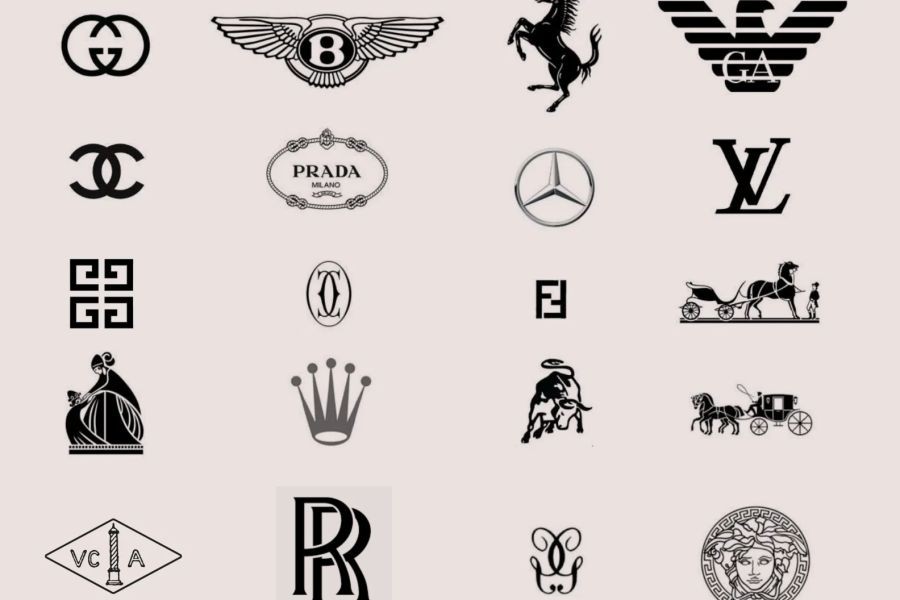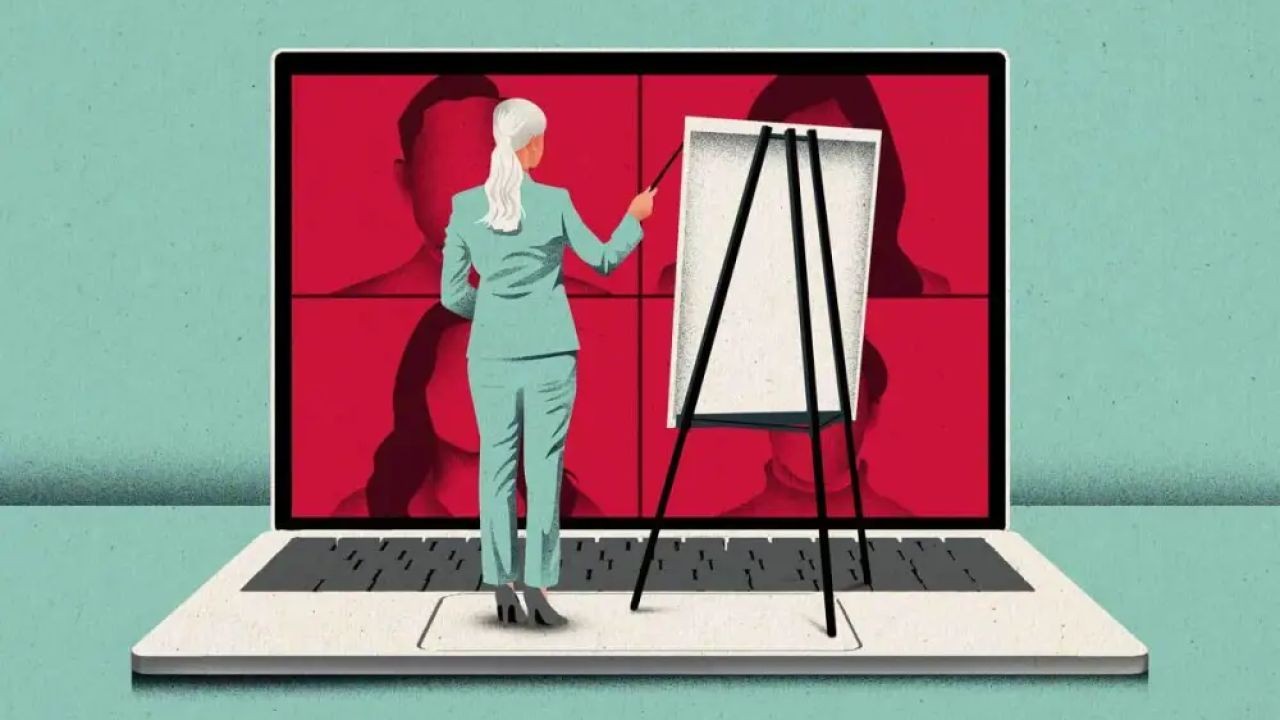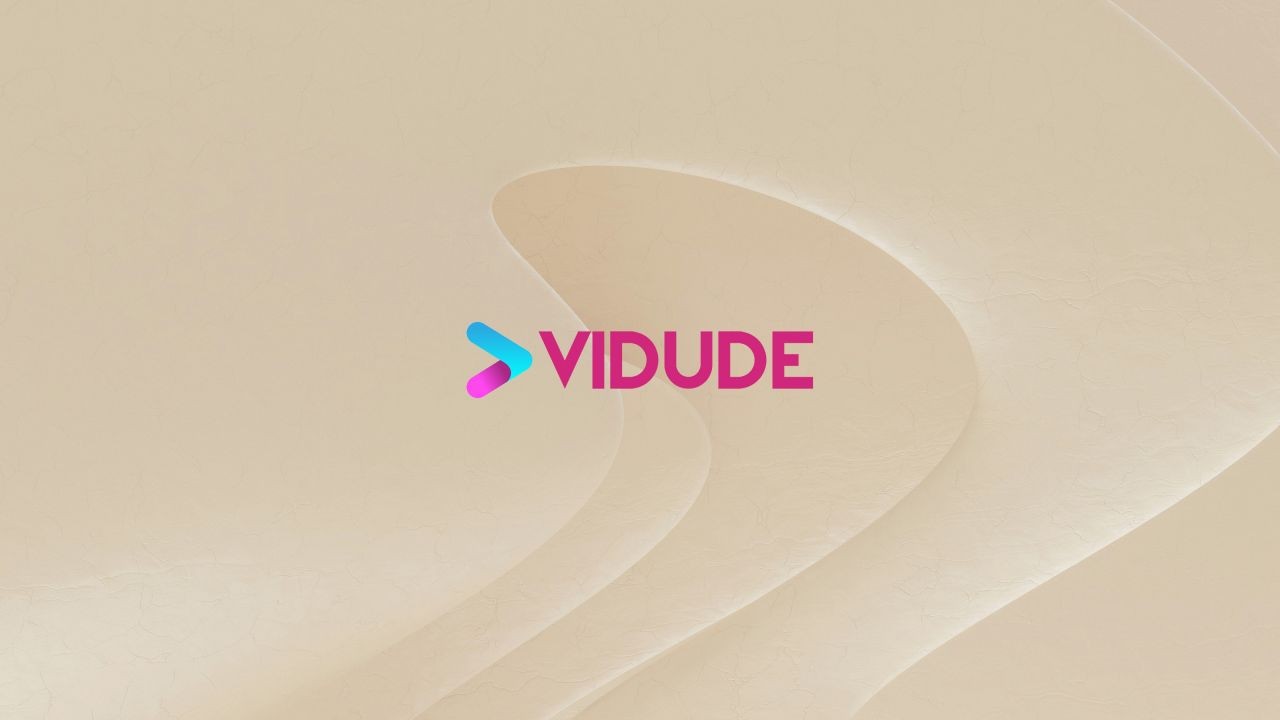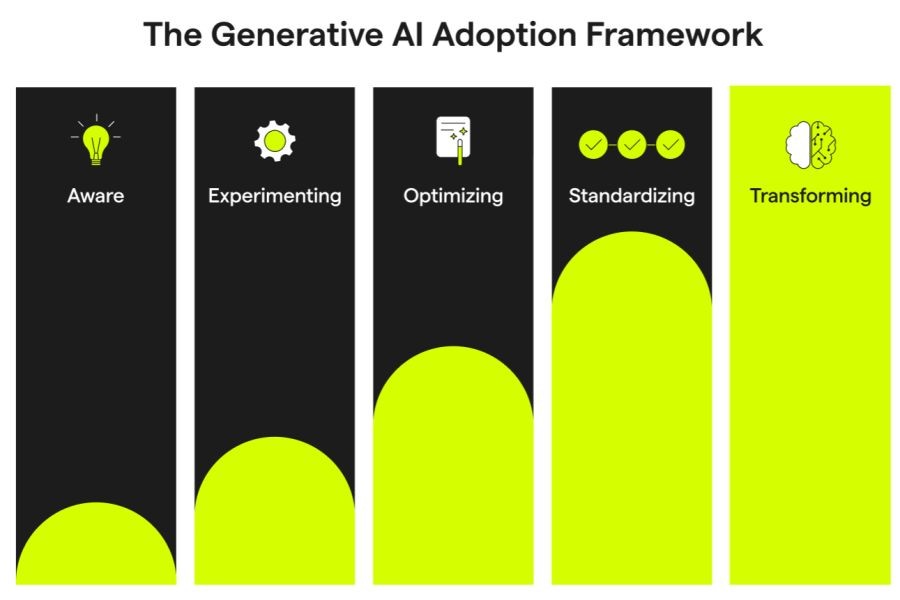Corporate art sponsorships have become an integral part of the art world, providing much-needed financial support to artists and cultural institutions. However, this relationship between corporations and the arts can have a significant impact on artistic freedom, sometimes stifling creativity and independence. In Australia, where art plays a vital role in cultural expression and identity, understanding the dynamics of corporate art sponsorships is crucial. As we dive into this topic, we'll explore how corporate sponsorships may be limiting artistic freedom, using data, case studies, and insights relevant to the Australian context.
Understanding the Landscape of Corporate Art Sponsorships
Corporate sponsorships in the arts typically involve businesses providing financial support to artists, exhibitions, or cultural events in exchange for brand visibility and association with the arts. In Australia, where the arts contribute significantly to the economy, corporate sponsorships are a common means of funding. According to the Australian Bureau of Statistics, the cultural and creative activity contributes approximately $112 billion to Australia's GDP, highlighting the economic significance of the arts sector.
The Economic Influence on Artistic Expression
While corporate sponsorships offer financial support, they can also impose limitations on artistic expression. Sponsors may have specific brand messages or values they want to communicate, which can influence the themes and content of sponsored art projects. For instance, a corporation may choose to support only those projects that align with its brand image, potentially sidelining more controversial or avant-garde works.
In Australia, where the arts are a reflection of cultural diversity and social issues, such influences can lead to a homogenization of artistic content. This trend may stifle the voices of artists who wish to challenge societal norms or explore unconventional themes.
Case Study: The Sydney Biennale and Ethical Sponsorship
In 2014, the Sydney Biennale faced significant backlash due to its sponsorship by Transfield Holdings, a company involved in the operation of offshore detention centers. Many artists withdrew their participation in protest, highlighting ethical concerns over corporate involvement in the arts. This incident underscores the tension between corporate interests and artistic integrity, where financial dependence can lead to potential censorship or self-censorship among artists.
Pros and Cons of Corporate Art Sponsorships
Pros:
- Financial Support: Corporate sponsorships provide essential funding for artists and cultural institutions, enabling them to create and exhibit their work.
- Increased Visibility: Artists gain exposure through corporate networks, potentially reaching a wider audience.
- Networking Opportunities: Collaboration with corporations can open doors to new partnerships and projects.
Cons:
- Creative Constraints: Sponsors may impose limitations on artistic content to align with their brand image.
- Ethical Concerns: The alignment with certain corporations can lead to ethical dilemmas, as seen in the Sydney Biennale case.
- Commercialization of Art: The focus on brand visibility can lead to the commercialization of art, detracting from its cultural and social value.
Regulatory Insights from the Australian Competition & Consumer Commission (ACCC)
In Australia, the ACCC plays a role in overseeing corporate sponsorship agreements to ensure they comply with competition and consumer laws. While the ACCC does not directly regulate artistic content, it ensures that sponsorship agreements are transparent and do not mislead consumers. This regulatory oversight helps maintain a level of accountability in corporate sponsorships, although it does not address the broader issue of artistic freedom.
Future Trends and Predictions
As the arts continue to evolve in a digital age, corporate sponsorships may need to adapt to new forms of artistic expression. Digital art, virtual reality exhibitions, and online platforms offer new opportunities for sponsorships but also present challenges in maintaining artistic integrity. By 2028, it is predicted that digital art will account for 50% of the global art market, according to Deloitte's Art and Finance Report. In Australia, this shift could lead to more diverse sponsorship models that prioritize artistic freedom while providing financial support.
Conclusion
Corporate art sponsorships offer both opportunities and challenges for the arts sector in Australia. While they provide much-needed financial support, they can also impose limitations on artistic freedom. As the arts landscape continues to evolve, it is crucial for artists, cultural institutions, and corporations to find a balance that respects artistic integrity while fostering creativity. By engaging in ethical sponsorship practices and embracing new forms of artistic expression, the Australian arts sector can continue to thrive and contribute to the nation's cultural and economic prosperity.
What strategies have worked for your business in Australia? Engage in discussions on LinkedIn AU, Startup AU forums, or Business Council of Australia groups, and share your insights.
People Also Ask (FAQ)
How do corporate art sponsorships impact artistic freedom in Australia? Corporate sponsorships can limit artistic freedom by imposing brand-related constraints on content. However, they provide essential funding for artists and cultural events.
What are the ethical concerns with corporate art sponsorships? Ethical concerns arise when sponsors' values conflict with artistic messages, leading to potential censorship or self-censorship, as seen in the Sydney Biennale case.
Related Search Queries
- Corporate art sponsorships Australia
- Artistic freedom and corporate funding
- Impact of corporate sponsorship on art
- Ethical sponsorship in the arts
- Future of art sponsorships in Australia
- Art funding and independence
- Digital art sponsorship trends

































MilagrosOs
8 months ago